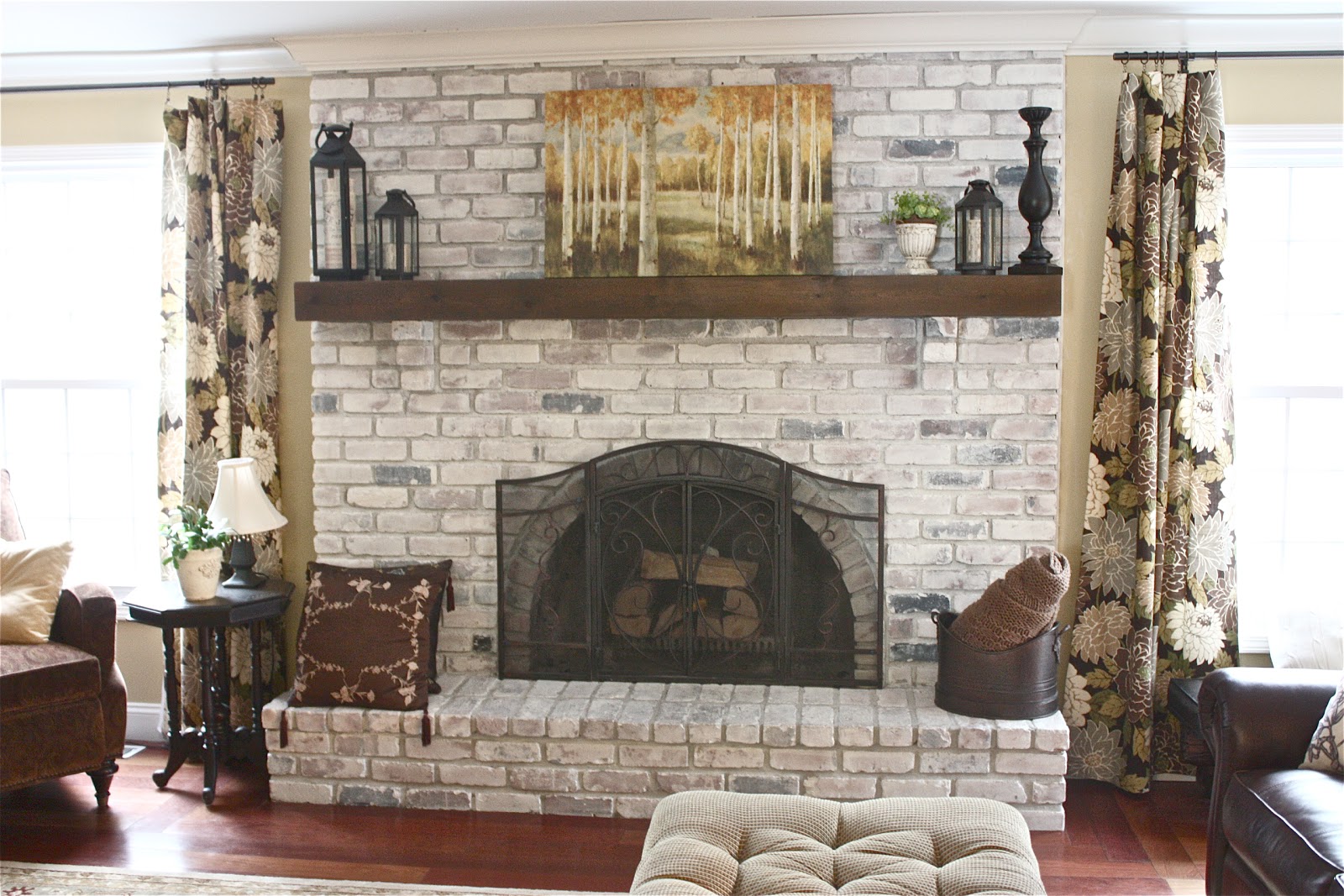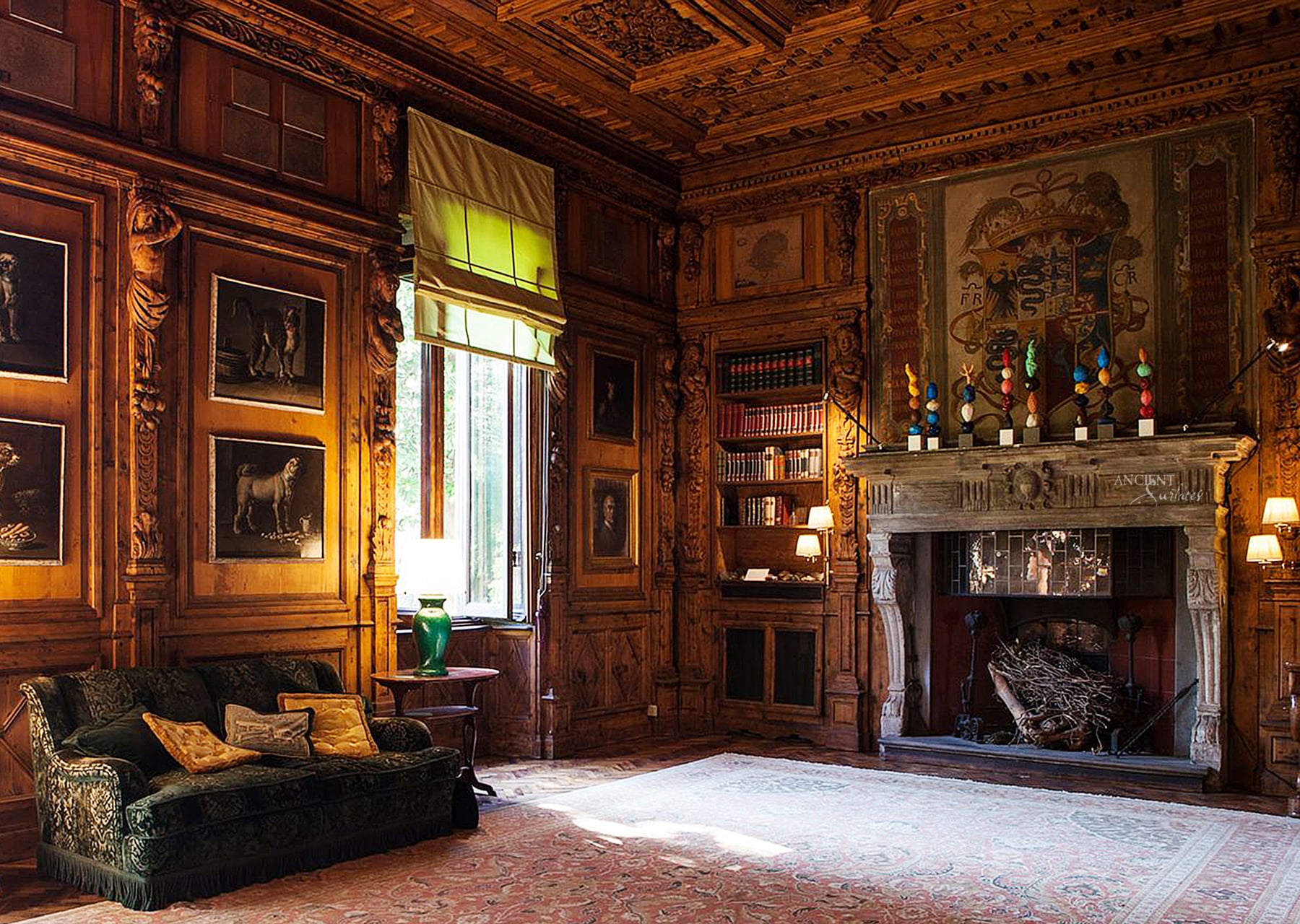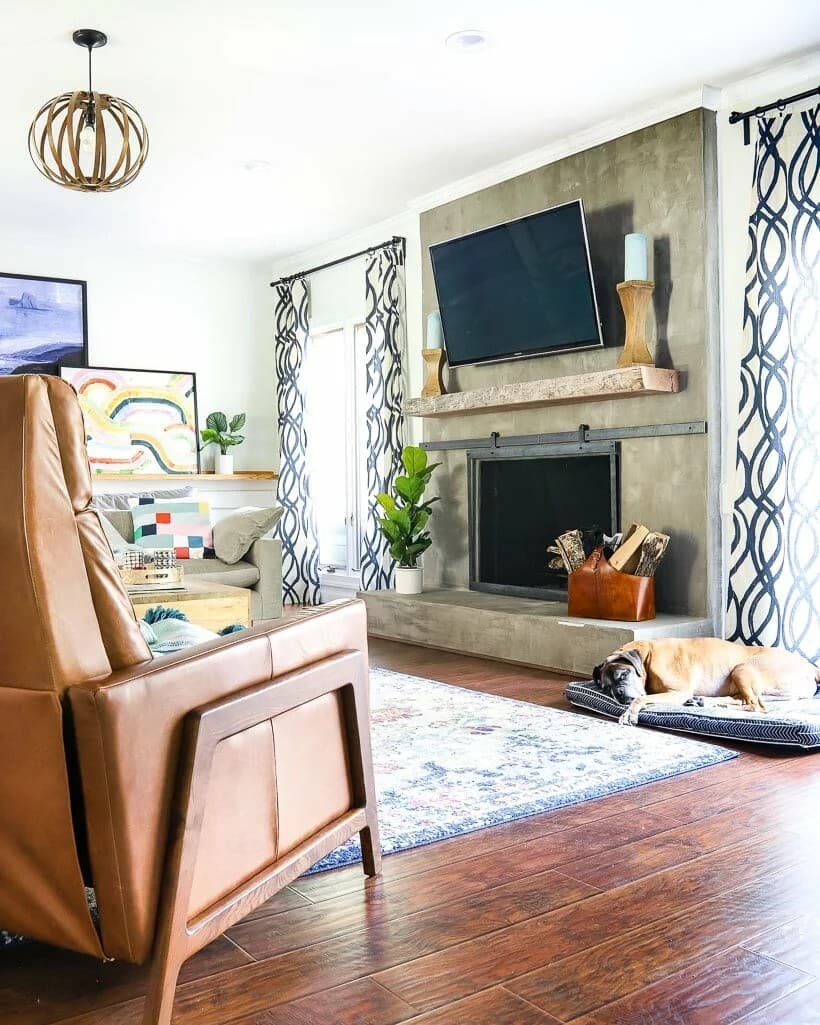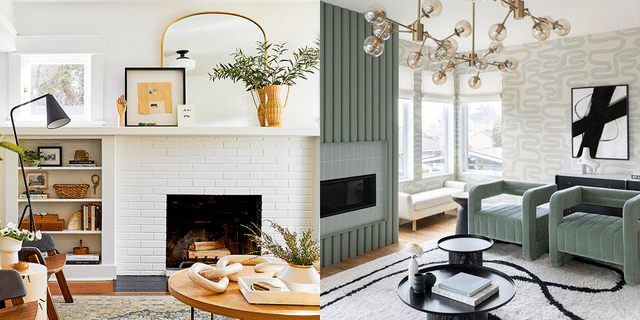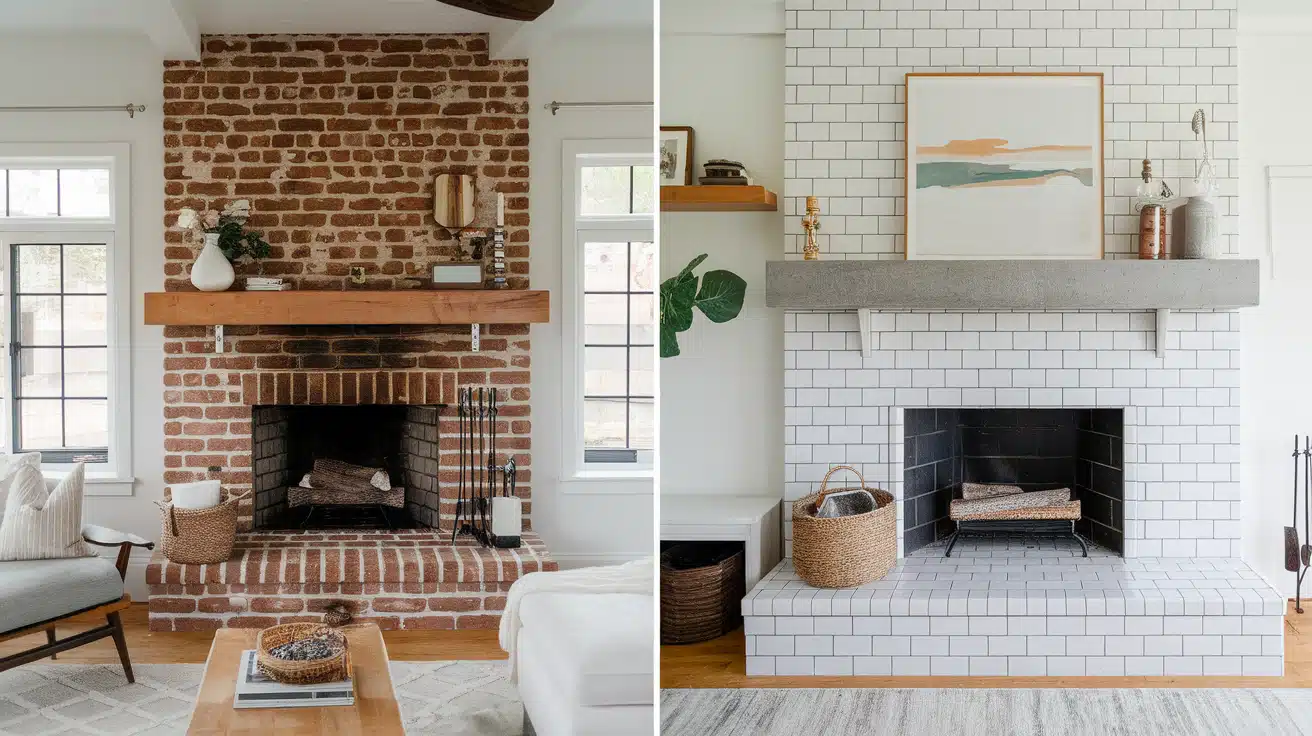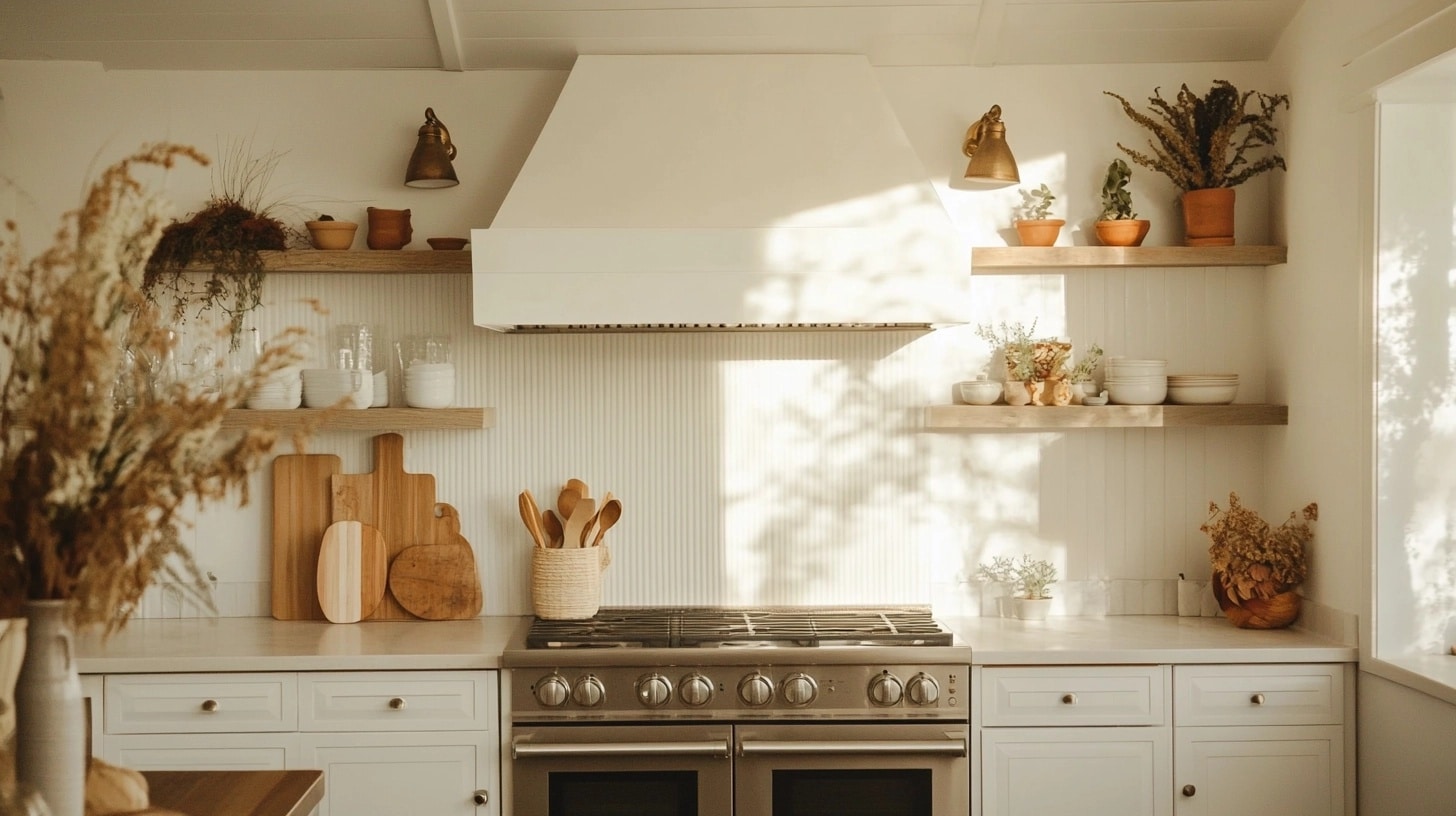How to Seamlessly Integrate a Fireplace Into Your Home
Adding a fireplace to your house is one of the best ways to change the look and feel of a room without a major renovation. It adds a touch of personality to plain spaces and brings you warmth during colder seasons. Discover how to integrate a fireplace into your home design with these tips.
Safety First
You know what’s best for your home, especially regarding functionality and safety. Fireplaces provide warmth and a cozy atmosphere for you and your family. However, they can also be fire hazards if left unchecked or unattended. Prioritize safety by using fire-retardant materials, installing appropriate venting and using emission detectors to keep everyone safe.
Gathering around the fire and staying toasty is one of the best ways to enjoy a fireplace. You’ll enjoy it even more when you know you’re safe from accidental fires, smoke inhalation and chimney blockages. Electric and ventless gas-powered chimneys are a popular choice for homeowners who prefer a maintenance-free fireplace. They produce zero harmful emissions and are easy to turn off.
If you’re more into wood fireplaces, it’s essential to familiarize yourself with local laws and safety requirements to stay compliant. Know the difference between seasoned and green wood so you can burn logs efficiently and avoid blocking your chimney, which can cause fires. A fireplace is best enjoyed when you only have to decide which leisurely activity to pair it with instead of fire or ventilation hazards.
Choose the Right Fireplace for Your Needs
There’s a fireplace for every unique home or space. The key to finding the perfect one is to know which fireplace fits your needs or preferences. Here are several types of fireplaces to consider.
Wood-Burning
Traditional fireplaces use wood as the primary fuel source, but you can also use pellets, coal and other similar materials. They add a rustic look to any space and complement aesthetics like farmhouses and nautical and Mediterranean-style homes. They are a great choice if you prefer the authentic experience of adding seasoned firewood to open flames. You can even use them to heat your home and cook dinner if the power goes out.
There are different kinds of wood-burning fireplaces that follow the traditional aesthetic. Whether you plan on having guests over for drinks or want to relax by the fire after a long day, traditional fireplaces won’t let you down.
- Masonry: Traditional types are built using masonry, brick or stone materials and are the first thing that comes to mind when you hear “fireplace.” They use a chimney to expel smoke and other residual particles from burning wood.
- Prefabricated: Prefabricated fireplaces offer a modern alternative to standard masonry using newer, factory-built metal parts assembled on-site. They are easier and relatively quicker to install than traditional brick, stone or masonry fireplaces. They’re also more affordable, making them a viable option for budget-minded homeowners.
Wood-burning fireplaces are perfect if you love the look, smell, sound and warmth of burning logs. Just be mindful of smoke, rogue embers and hot surfaces, especially if you have kids or pets.
Gas-Powered
Gas-powered fireplaces are the cleaner, more convenient alternative to traditional wood-burning fireplaces. They use propane or natural gas to create cozy fires and are easy to turn on and off — a flick of the switch is all you need. Since they use gas, no cleanup is required every time you use them.
Gas-burning fireplaces are also more efficient than wood-burning ones. Gas is cleaner and hotter than wood, burning with up to 90% efficiency. This means that almost all of the heat goes to your home instead of out the chimney, keeping you warm even in the coldest weather. You can also adjust the temperature to your exact liking with a simple turn of knob.
Choose between vented and ventless gas fireplaces to match your home’s setup. Vented fireplaces produce a small amount of smoke, so use an appropriate venting system. Vent-free ones have zero harmful emissions, making them suitable for every household.
Electric
Electric fireplaces are the most convenient and eco-friendly option compared to the first two. They use electricity to provide warmth and light, produce zero exhaust emissions and are the easiest to install. They function like an electric heater and blow heat into any space in your home. Electric fireplaces are safer for your little ones since there’s no open fire.
Using electric fireplaces can be a potential cost-saver. You can heat your home instead of running the furnace using your electric fireplace, lowering your monthly utility bills. Aside from making electric fireplaces clean, safe and convenient, manufacturers also provide options for different displays so you can choose the flame — color or intensity — to cozy up to.
Choose a Stylish Way to Warm up Any Space
It’s easy to think of living rooms whenever fireplaces are involved, but you can install one anywhere in your home. Use one in your bedroom to stay toasty during cold mornings or nights. Install one in the dining room to warm family and guests during lovely meals. You can even put one in your bathroom to add a blissful touch to your relaxing baths.
Fireplaces are a great, stylish addition to any space in your home. Many modern abodes feature a fireplace as the heart of their open-floor design, tying the whole house with a rustic chic appeal or clean, contemporary lines. Traditional outdoor fireplaces will always stay classic with their welcoming ambiance, perfect for relaxation and entertaining guests.
Fireplaces: A Welcome Addition to Any Home
Fireplaces are no longer reserved for specific builds and large spaces — they work in any space in your house. Reliable manufacturers and professional installers have designs to fit every requirement and taste. Whether for aesthetics or functionality, a fireplace is a valuable addition to any traditional or contemporary home.
Author Bio
Jack Shaw is a freelance writer who has spent the last five years writing about how to improve your home and health. He serves as senior writer for Modded, and since then has contributed to Better Triathlete, Log Cabin Hub and Hella Life among many other publications. When not writing, he can often be found working on his own home or simply playing with his dog.


